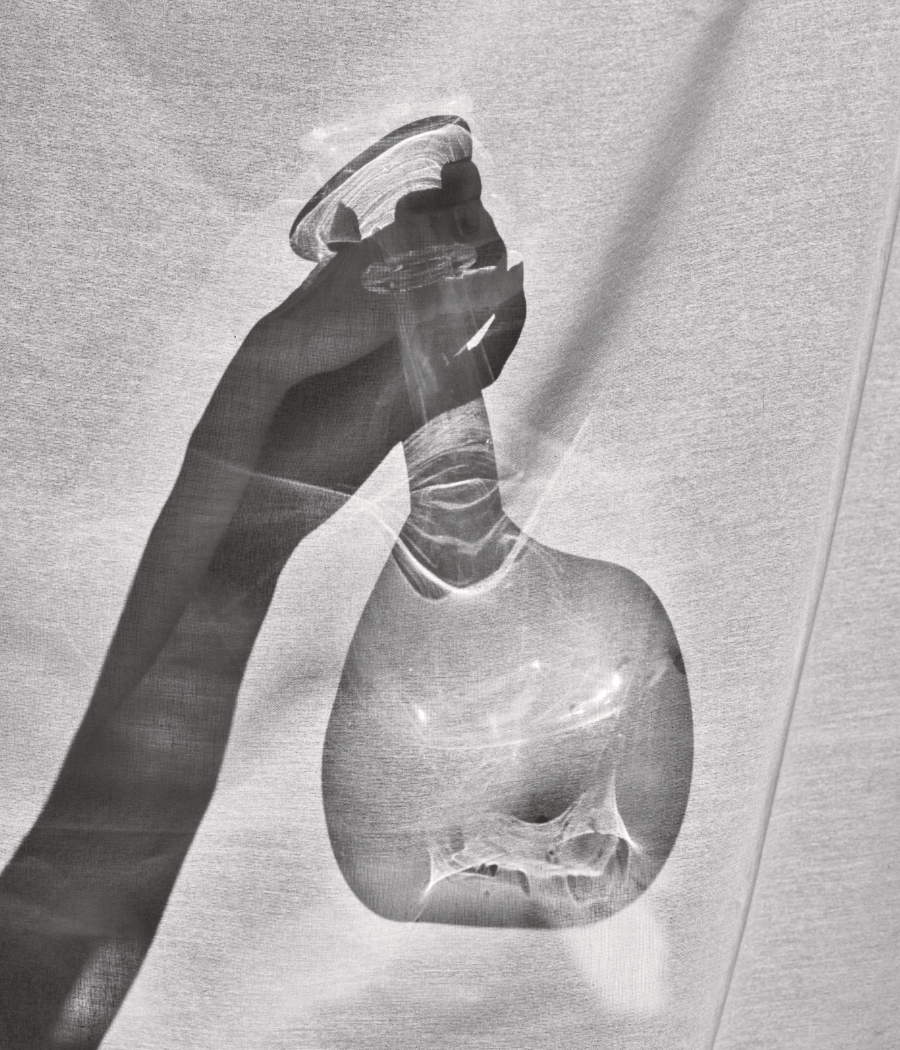“It’s not always what you add to a dish, but what you take away. I just want to respect the simplest pleasures.”
This statement was made by one of the chefs I hold in the absolute highest regard, Justin Smillie. While the Californian-inspired food Justin creates at Upland certainly delivers on the promise of simple pleasures, it also offers layers of complex, nuanced flavor that is risky, bold and subtle at once. It is food you want to eat again and again. Every time I dive into Justin’s creations, I find myself pinpointing certain subtle yet opposing tastes that hit my palate in just the right places. I am also struck by the beauty – or perhaps I should say beautiful mess – on the plate in front of me.
The very first time I ate Justin’s food was at Il Buco Almentari. I think the entire world, myself included, might have gotten the memo to go there and feast on his celebrated and much-hyped short ribs – they were bursting with insanely juicy, robust and smoky flavor. While Justin has been shaped by a great many chefs during the course of his career, including Jonathan Waxman, he has expressed that it was at Il Buco that he came into his own as a chef. There Justin began taking risks and experimenting with flavors and ingredients that helped lead to the rustic, detailed style of cooking he is known for today.
My first experience eating at Upland was for a curated wine tasting dinner in the private room downstairs. In dish after dish, I found myself hanging onto the flavors with longing and curiosity. I was simply blown away. Not too long after that I was invited to an intimate dinner at the Saveur test kitchen. Here I was able to see Justin in action, handling his ingredients with grace and precision. I watched as he handled the most delicate, subtly curled watermelon radishes before him, using his fingers as tweezers as he bent over a dish to plate it, just so. I was captivated watching this delicate dance – it was a ballet in its own right. I sat at the table with Victor and another great chef, George Mendes, and we geeked out over the intricate flavors. “Is that Meyer lemon I taste, or is it a hint of yuzu?” I was moved watching Justin in motion and after the meal, as we exchanged contacts, I told him as much.
A few months later, at a chef-focused benefit to raise money for kids’ cancer, I walked by Justin’s station. I did not know if he even remembered meeting me when I heard him say, “What you create is beautiful”. I looked over my shoulder, confused, trying to figure out who he was talking to. Then he elaborated. “Your feed, on Instagram, it is beautiful.” My head couldn’t believe what my ears and eyes were telling me. I mean, for a renowned chef, a man I personally revered, to even know what EyeSwoon was – to say I was elated and humbled would be an understatement. I thanked him — and I also took the opportunity to say, “We should cook together one day,” to which he responded, “Absolutely.”
Well, here we were. At Upland, cooking. And you know what? As I observed Justin prepare a meal once again, this time in his own kitchen, at the restaurant he curated and conceived, I was instantly as mesmerized as before. I watched closely as Justin plated the wood-burning-oven-roasted chicken – he took a tomato and smushed it between his fingers, then carefully placed vibrant pink sour apple microgreens atop the roast. Soaking up his stunning composition, colors and textures, I made a comment about his artistry. Justin humbly expressed that he saw it from an almost opposing point of view: “I always want it to feel natural, unaltered, unrestrained, like every ingredient just fell from the fingertips.” I love this philosophy – the real artistry lies in making it all look effortless.
After the meal was complete, Justin and I sat down together to share the fruits of his labor. Justin’s demeanor is intense, intellectual and direct, but it is also kind, gentle and open. We talked with ease and in great detail about his stunning cookbook, Slow Fires, an incredible resource on techniques for “building flavor from the bottom up”. We also discussed the process of writing a cookbook. At the time, I was deep – way deep – into the throes of creating my own cookbook. As we ate, we shared stories, both the highlights and exciting parts of the process and the challenging, scary bits. We talked about overseeing every minute detail, from the images and creative direction, to the vast amount of writing, to being certain the recipes were properly tested. We discussed the fear of putting the book out into the world and the desire to ensure everything in it truly expressed our vision.
The moment was not lost on me – there I was with a world-class chef, and one whom I admire greatly, eating his food and exchanging cookbook tales. It was a poignant reminder, not only of the fact that I am profoundly fortunate to be doing what I love, but also of the power of gathering together to share a meal. Time and again, it has been proven to me – dining with others fosters some of the truest moments of connection. It is where we are most relaxed, most open and most vulnerable. For me, on this day, around the table was where I could feel at ease, suspend disbelief, and find common ground with the masterful chef who quite literally wrote the book on braising, grilling and roasting.


































